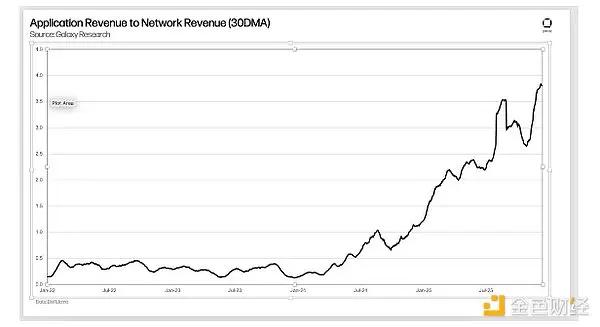Chainfeeds Summary:
When discussing decentralized AI, we must first ask ourselves why AI needs to be decentralized and what consequences its decentralization will bring. Almost all decentralized ideas inevitably point to a core issue - the rationality of the incentive mechanism.
Source:
https://x.com/paramonoww/status/1901633115237531890
Author:
Pavel Paramonov
Viewpoint:
Pavel Paramonov: The current large-scale AI models have extremely high computational resource requirements, which naturally limits the participation of many potential users. AI models not only require a large amount of data resources, but also need massive computing power support, and the cost of acquiring these resources is far beyond the affordability of ordinary individuals. Especially in the open-source AI field, developers not only need to invest time in training models, but also need to invest expensive computing resources, which has limited the development of open-source AI. Although some individuals can configure computing power to run AI models, just like individuals can run their own blockchain nodes, this cannot fundamentally solve the problem, because the computing power is still far from sufficient to complete practical tasks. The rationality of the incentive mechanism means that by establishing rules, participants can drive the development of the entire system while pursuing their own interests. Several areas of cryptocurrencies have successfully solved the problem of incentive mechanisms, the most typical examples being the DePIN (Decentralized Physical Infrastructure Network) field. Helium (Decentralized Wireless Network) and Render Network (Decentralized GPU Computing Network) have achieved the rationalization of incentive mechanisms through distributed nodes and GPU resource contributions. Why can't the DePIN model be applied to the AI field to build a more open and accessible AI ecosystem? The answer is: it can be done. The core driving force of Web3 and cryptocurrencies is "ownership": you own your own data; you own your own incentives; even if you only hold tokens, you still own a part of the entire network. This "empowerment of ownership" is the fundamental motivation for resource providers to contribute assets - they hope to benefit from the success of the network. If we want to build a decentralized AI system and ensure that its incentive mechanism is effective, the system must have a verifiable mechanism similar to blockchain: network effects (more participants → stronger ecosystem); lowering the entry threshold (nodes can rely on future revenue subsidies to offset initial costs) and punishment mechanism (punishing malicious behavior to maintain system stability). Among them, the punishment mechanism depends on verifiability. If we cannot verify who is acting maliciously in the system, we cannot punish them, which will make the system highly vulnerable to attacks and fraud. In a decentralized AI system, verifiability is a necessary condition, because the system has no single center of trust, but hopes to build a trustless but verifiable architecture. There are already several decentralized computing power networks in the current AI ecosystem trying to solve these problems, such as: Hyperbolic provides GPU computing resource rental, reducing AI training costs by up to 75%; Hyperspace develops a Proof-of-FLOPS mechanism, allowing nodes to prove computing power and receive incentives; OpenLayer provides trusted data sources, making AI training data more decentralized and diverse. These projects are exploring how to make AI more open, decentralized, and ensure the fairness and verifiability of the entire incentive system.
Source







